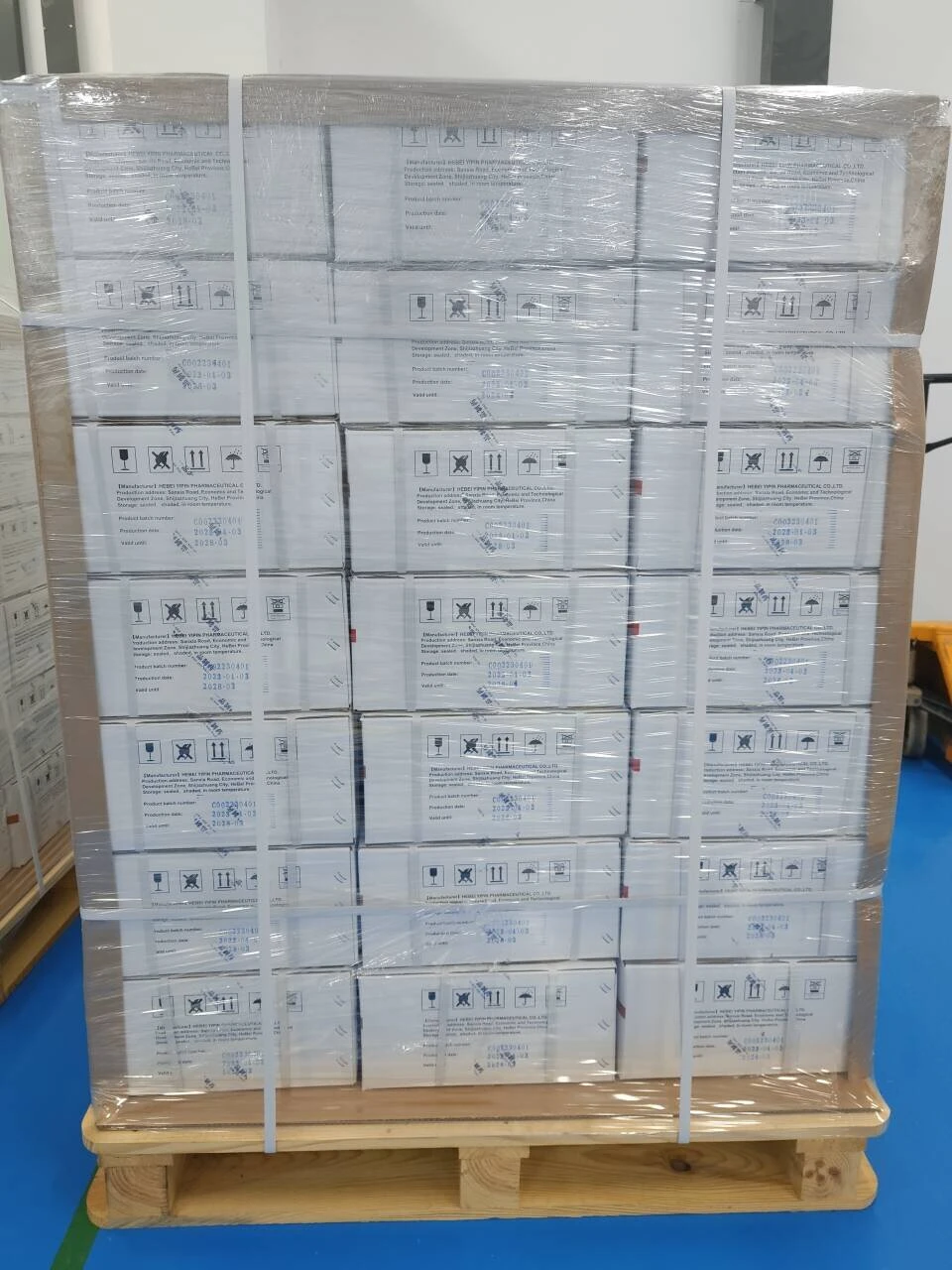The Structure and Significance of Ammonium Thiocyanate
Ammonium thiocyanate, with the chemical formula NH4SCN, is an intriguing compound with a blend of applications in various fields, including chemistry, biology, and industrial processes. To fully appreciate the significance of ammonium thiocyanate, it's essential to examine its structure, properties, and uses.
Chemical Structure
Ammonium thiocyanate consists of ammonium ions (NH4+) and thiocyanate ions (SCN-). The compound can be described as a white crystalline solid that readily dissolves in water. The ionic structure of NH4SCN suggests that it is composed of positively charged ammonium ions and negatively charged thiocyanate ions, held together by ionic bonds. The thiocyanate ion itself, SCN-, has a linear geometry, where the sulfur atom is bonded to both the carbon and nitrogen atoms. This linear arrangement allows for interesting interactions with different substrates, making ammonium thiocyanate a valuable player in various reactions.
Physical Properties
Ammonium thiocyanate has several notable physical properties. It has a melting point of 149°C and a boiling point of 190°C. When dissolved in water, it showcases endothermic dissolution, meaning it absorbs heat from its surroundings, resulting in a cooling effect. This property makes ammonium thiocyanate useful in cold packs, where a quick drop in temperature is needed for therapeutic or practical applications. Moreover, it is moderately soluble in alcohol, adding to its versatility.
Applications in Chemistry
In the realm of chemistry, ammonium thiocyanate has been widely employed as a reagent. It is commonly used in the synthesis of thiocyanate derivatives, which serve various roles in organic reactions. For instance, it can act as a source of thiocyanate ions in nucleophilic substitution reactions, where it can help synthesize different organic compounds. The versatility of thiocyanate ions opens doors for further modifications and elaborations in molecular synthesis, making ammonium thiocyanate significant in the field of organic chemistry.
ammonium thiocyanate structure

Biological Significance
Beyond its use in organic chemistry, ammonium thiocyanate has biological implications as well. The thiocyanate ion is closely related to various biochemical pathways. In the human body, thiocyanate is involved in thyroid function and can compete with iodide for uptake by the thyroid gland. This property affects thyroid hormone synthesis, linking ammonium thiocyanate to important aspects of human health. Additionally, thiocyanates are found in certain foods and must be present in controlled amounts since excessive intake can be harmful, emphasizing the importance of balance in nutritional biochemistry.
Industrial Uses
Ammonium thiocyanate also finds applications across several industries. In agriculture, it is utilized as a fertilizer due to its nitrogen content. It can contribute to the nutrient profile of soil, promoting healthy plant growth. Furthermore, ammonium thiocyanate has applications in the production of various chemicals, mining, and the paper industry, showcasing its utility as a multifunctional compound.
Safety and Handling
While ammonium thiocyanate is widely used, it is essential to consider safety and handling procedures. Being mildly toxic, it can be harmful if ingested or if it comes into contact with skin. Proper safety measures, including gloves and goggles, should be employed when handling the compound. Its use in laboratory settings must comply with safety protocols to minimize risks to researchers and the environment.
Conclusion
Ammonium thiocyanate is more than just a simple ionic compound; it is a multifaceted substance with diverse applications. Its unique structure and properties enable its use in various fields, from synthetic organic chemistry to biological studies and industrial processes. The compound's significance in multiple domains illustrates the importance of understanding chemical structures and their implications in real-world applications. As research continues, the potential for discovering new uses for ammonium thiocyanate remains promising, solidifying its role as a noteworthy compound in both scientific and practical arenas.

